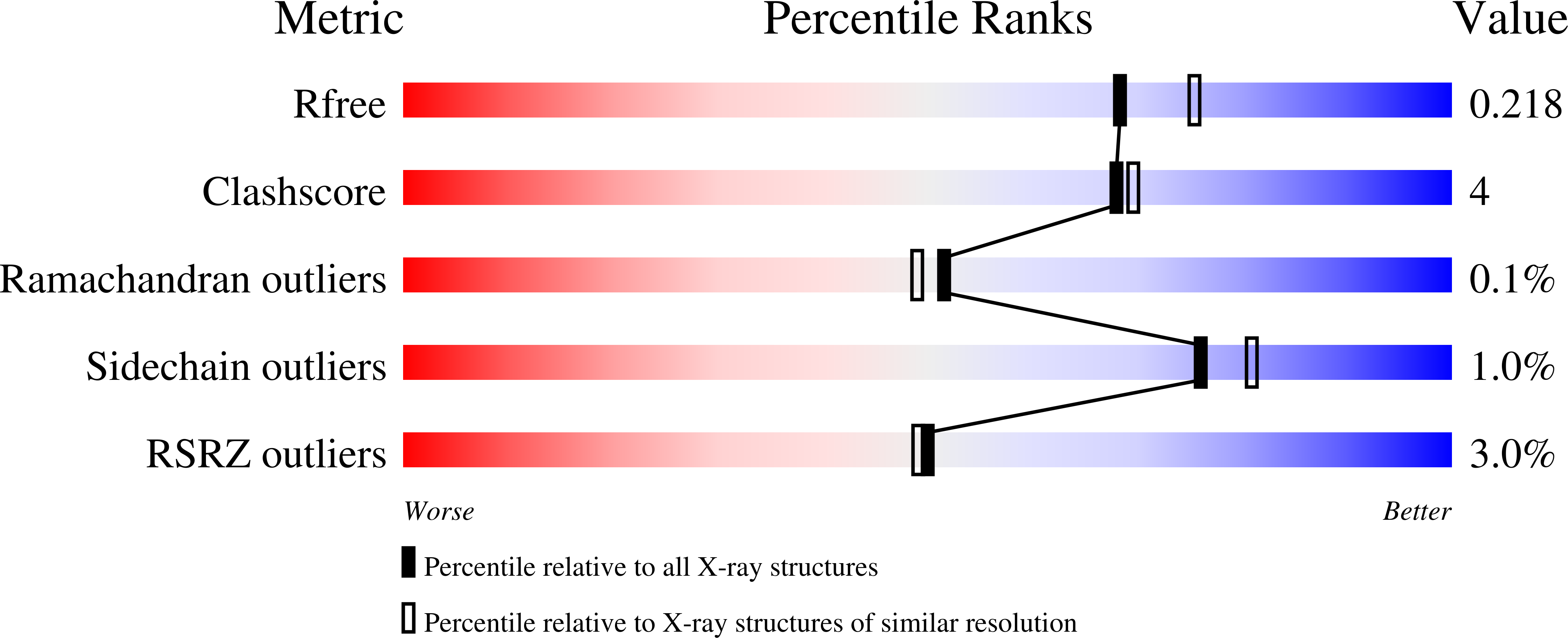
Deposition Date
2024-01-08
Release Date
2024-08-21
Last Version Date
2024-08-21
Entry Detail
PDB ID:
8VJU
Keywords:
Title:
Structure of Human Neurolysin in complex with dynorphin A13 peptide
Biological Source:
Source Organism:
Homo sapiens (Taxon ID: 9606)
Host Organism:
Method Details:
Experimental Method:
Resolution:
1.99 Å
R-Value Free:
0.21
R-Value Work:
0.19
R-Value Observed:
0.19
Space Group:
P 21 21 2


